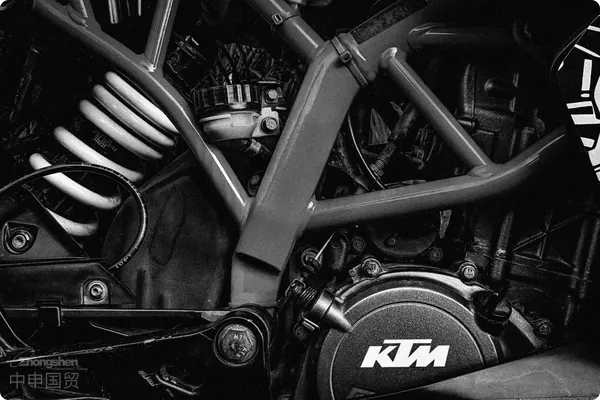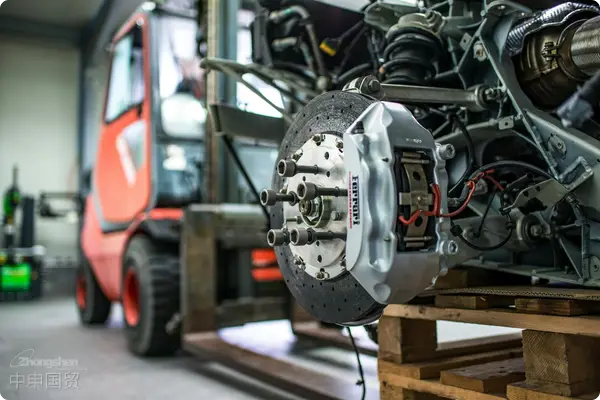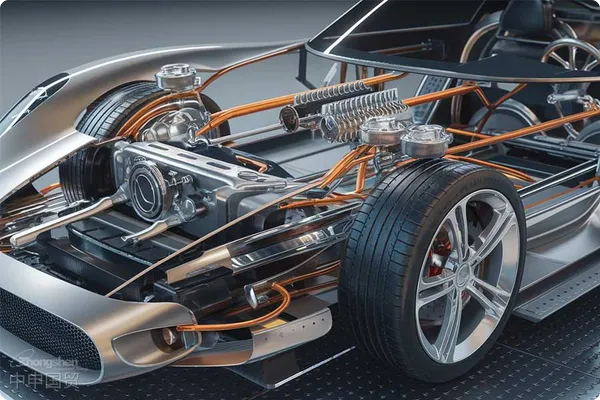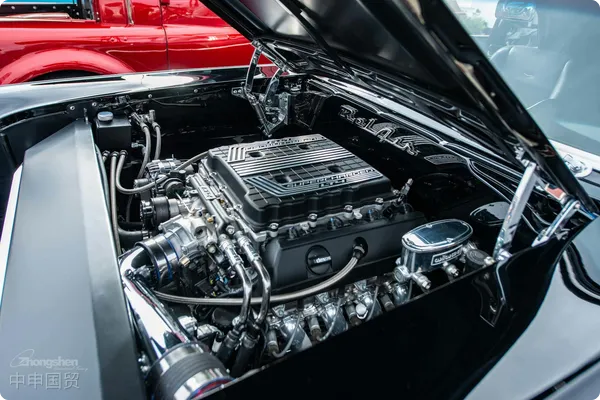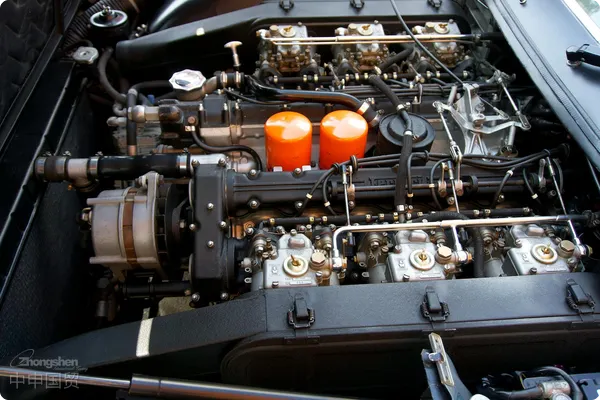- Shanghai Zhongshen International Trade Co., Ltd. - Two decades of trade agency expertise.
- Service Hotline: 139 1787 2118
In the context of globalization, the EU market is undoubtedly a high - value market that all automotive andMotorcycle Accessoriesmanufacturers and exporters dream of. This large and mature market has strict quality and safety standards. Success in this market is almost equivalent to global recognition. However, to gain a foothold in the EU market, having high - quality products alone is far from enough. More importantly, you need to understand and comply with a series of complex regulations and standards. These regulations not only ensure the quality and safety of products but also serve as the knock - on - the - door for products to enter the EU market.
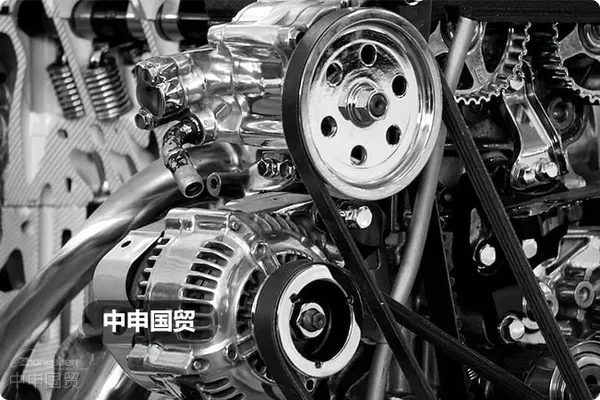
I. Importance and Overview of Regulations for Exporting Auto and Motorcycle Parts to the EU Market
1) Importance:The EU is one of the largest and most mature automotive and motorcycle parts markets in the world. For manufacturers and exporters, successfully entering this market means access to a large consumer group and high revenues. However, to enter the EU market, a series of regulations and standards must be strictly adhered to.
2) Overview of Regulations:Both the Economic Commission for Europe (ECE) and the European Union (EC) have their own regulations and directives for automotive and motorcycle parts. These regulations cover various aspects from seat belts, brake pads to vehicle body reflective markings. Different parts have different specific regulations. For example, ECE R90 specifically stipulates the standards for brake pads and brake discs, and ECE R22 specifically stipulates the standards for motorcycle helmets.
II. Main Regulations and Requirements for Exporting Auto and Motorcycle Parts to the EU Market
1) Basic Certification Requirements:根據(jù)ECE Regulation和EC Direction,所有希望出口到歐盟市場的汽摩配件都必須通過E/e-mark認證的相關(guān)測試和生產(chǎn)一致性檢查。通過認證后,產(chǎn)品上必須印有E標志,否則不能在歐盟內(nèi)銷售。
2) Specific Regulations for Various Parts:
a) Seat Belts and Restraint Systems: Must comply with the provisions of ECE - R16.
b) Brake Pads/Brake Discs: Must abide by the unified regulations of ECE R90.
c) 機動車輪胎:包括ECE R30、ECE R54和ECE R64三個方面的規(guī)定。
d) Vehicle Lights: Including LED, xenon, and halogen light sources, need to comply with the provisions of ECE R10, ECE R99, and ECE R37.
e) Door Locks and Door Hinges: Need to comply with the unified regulations of ECE R11.
f) Headrests and Seats: Need to abide by the provisions of ECE R17 and ECE R25.
g) Others: Including vehicle anti - theft alarm systems, motor vehicle retro - reflectors, vehicle fuel tanks, etc., all have corresponding specific regulations.
3) Product Labeling and Information Disclosure:Certified products must clearly indicate the E - mark and other necessary information on the packaging or the product itself for identification by consumers and regulatory authorities.
III. Importance and Challenges of Complying with EU Regulations
1) Importance:Complying with EU regulations is not only a basic requirement for entering the market but also a key to improving product quality and enhancing market competitiveness. Only high - quality products that meet the standards can gain a foothold in the highly competitive EU market.
2) Challenges and Responses:
a) Information Acquisition and Update: EU regulations and standards are often updated and adjusted, so enterprises need to continuously pay attention to the latest information.
b) Testing and Certification Costs: Conducting E/e - mark certification requires a certain amount of time and cost, which may be a challenge for some small and emerging enterprises.
c) Market Access and Competition: Even if products meet all regulations and standards, they still need to face market access and competition issues caused by various factors such as culture and brand.
For more information on EU automotive and motorcycle parts product regulations, the original address:Addenda to the 1958 Agreement (Regulations 21-40) | UNECE
Related Recommendations
Contact Form
? 2025. All Rights Reserved. 滬ICP備2023007705號-2  PSB Record: Shanghai No.31011502009912
PSB Record: Shanghai No.31011502009912
